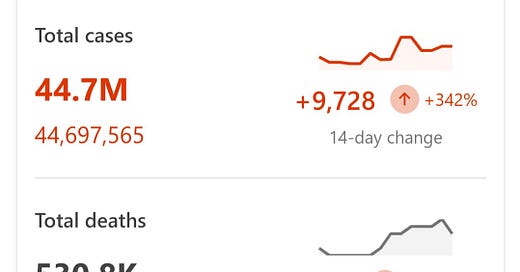COVID Update: India-342% Increase of Cases & 189% Increase of Deaths in 14 Days, U.K. Hospitalization & Deaths Increasing and U.S. Wastewater Unveils a Storm May Be Building
U.K. Cases Increasing. U.S. Infection Rates Increasing.
India is showing a 342% increase in new cases and a 189% increase in deaths over the past 14 days. This presents a sharp increase that can not be overlooked. We know that XBB.1.16, nicknamed Arcturus, has an estimated 200% growth advantage over XBB.1.5. If it can maintain this, then XBB.1.16 will become the dominant variant over the next few weeks and months. Because the growth advantage is high and we know the efficacy of the tests is low, we can assume the numbers presented are a vast undercount of reality.
Wastewater PCR testing has been an excellent early indicator showing the increasing prevalence of COVID in communities. We can see below, that the wastewater testing is detecting a spike in the prevalence of COVID in communities across the United States.

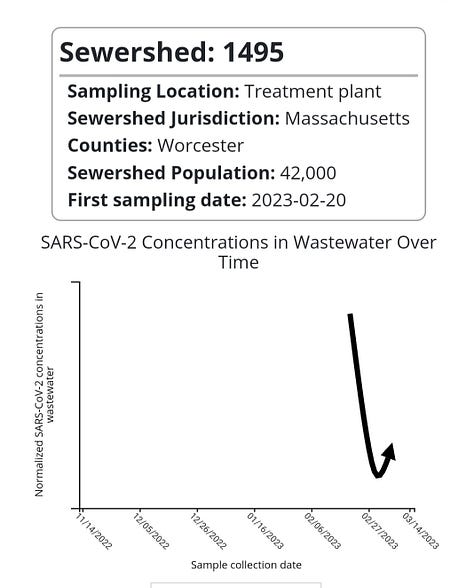
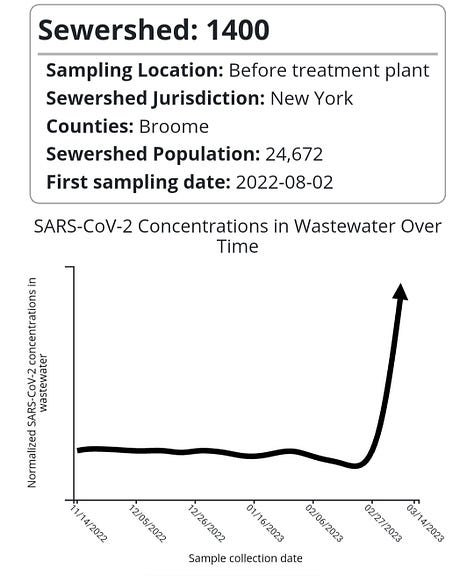

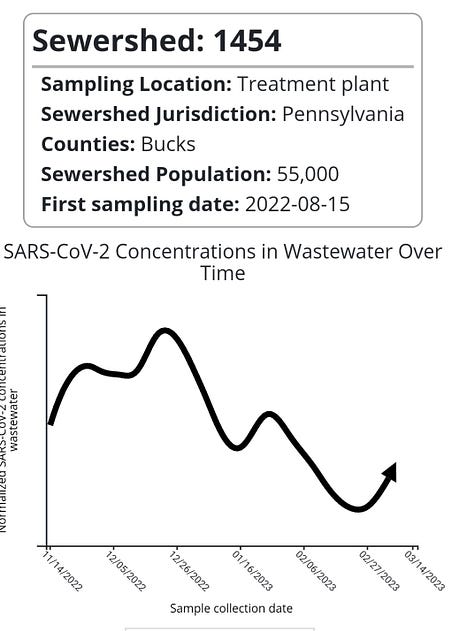
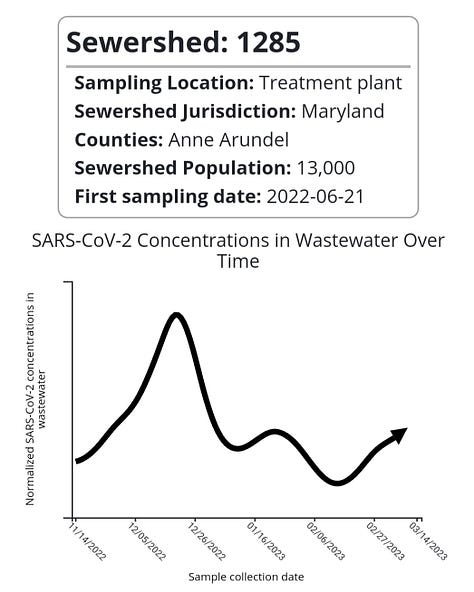
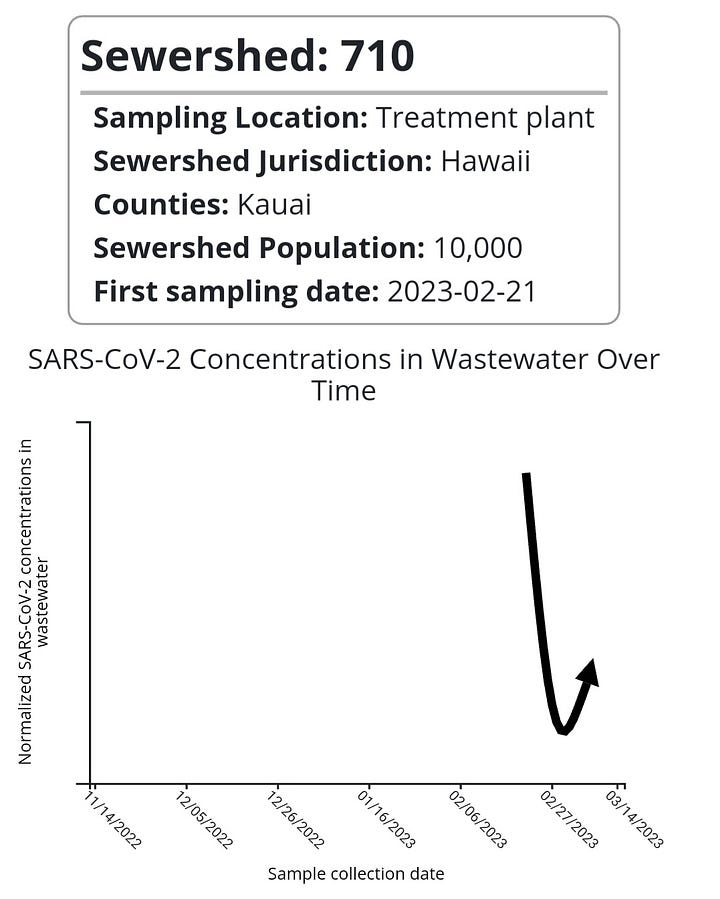
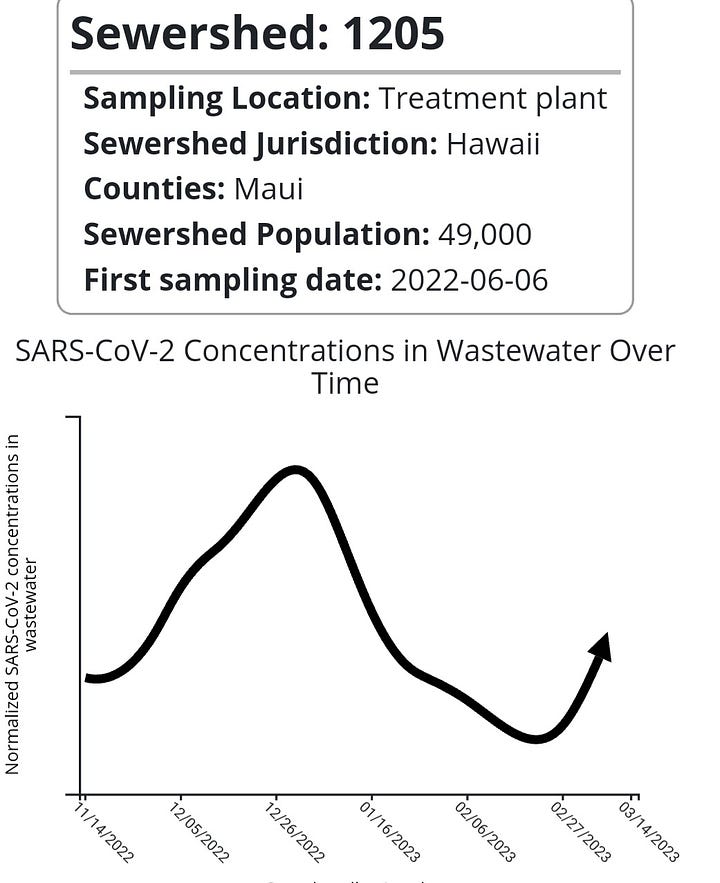
According to COVIDActNow.org, the infection rate is above 1 in 21 states. An infection rate that is higher than 1 means that each person is infecting more than one other person. Transmission is occurring at an exponential rate thus each day larger numbers of people are getting infected. This data backs up what the wastewater data is showing us and vice versa.
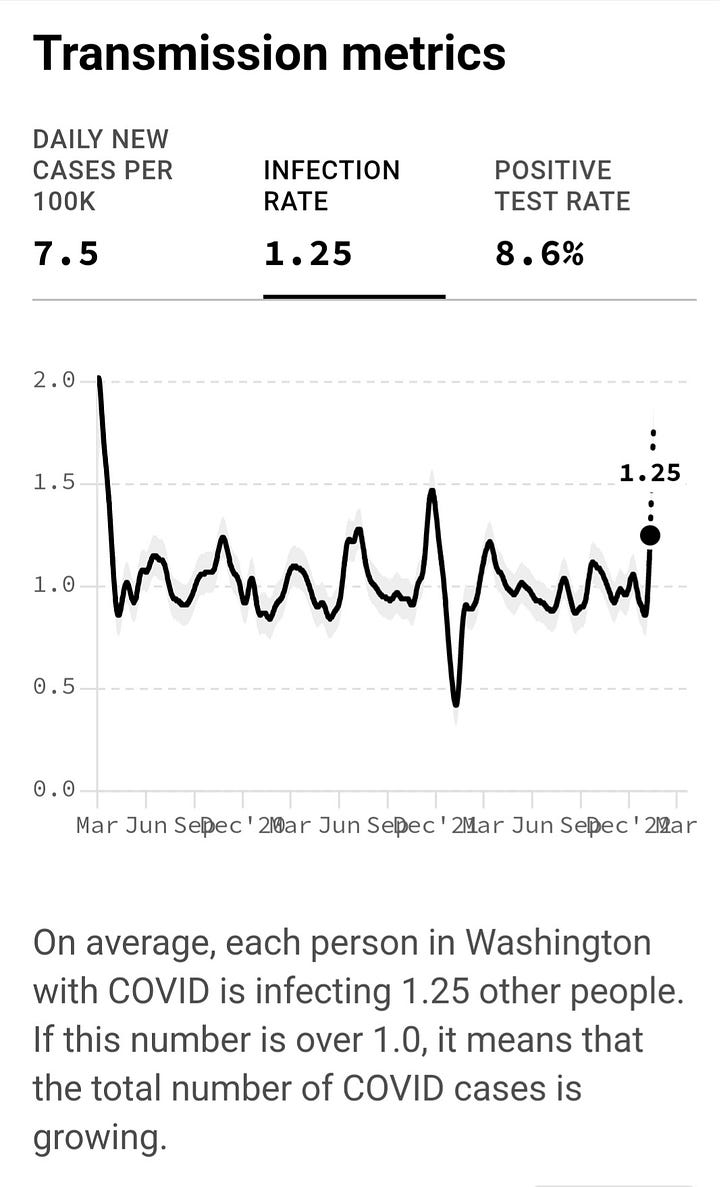
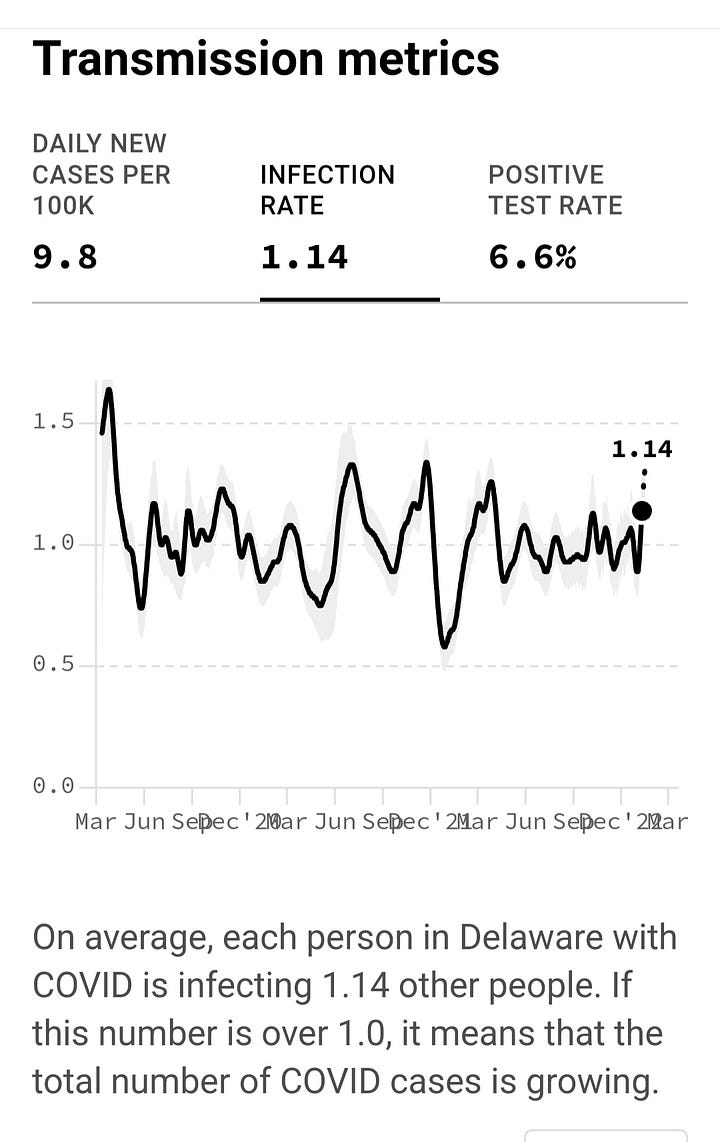
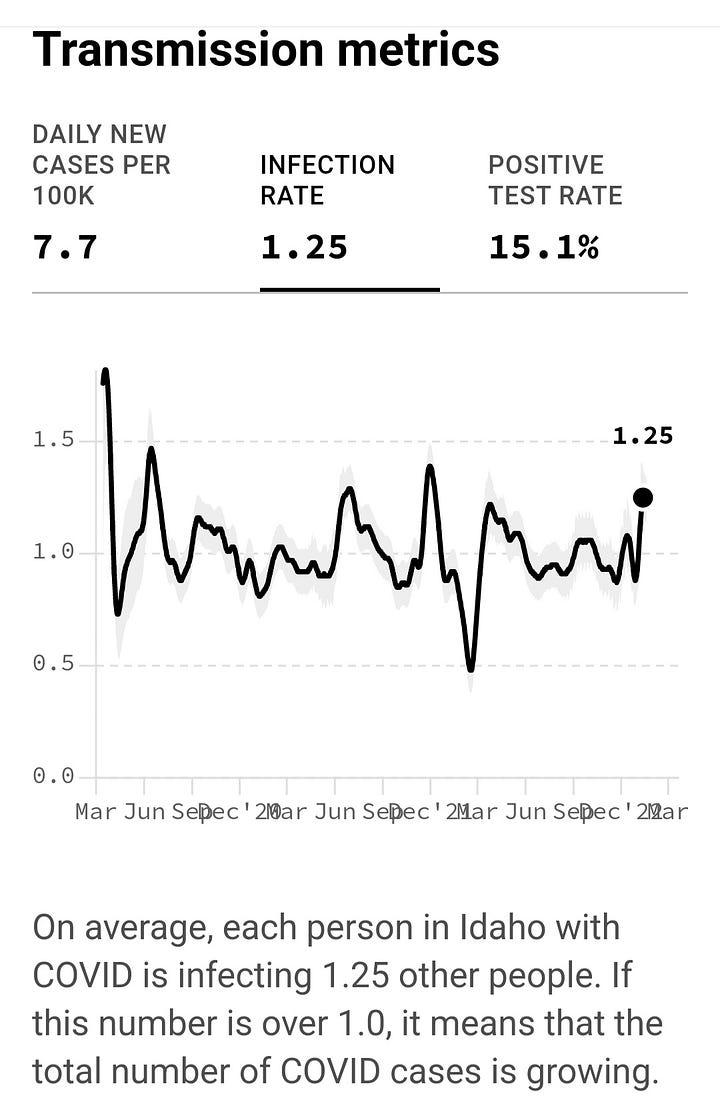
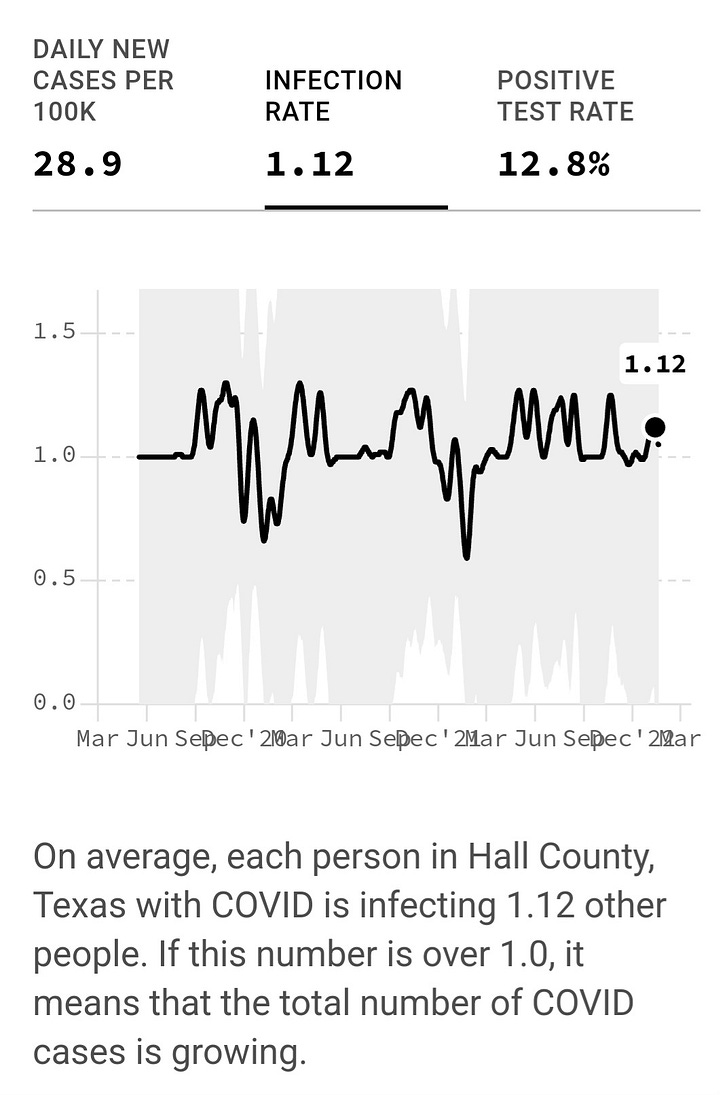
In the U.K., The ZOE Health Study, is showing a sudden jolt up in people reporting COVID which matches the arrival of the XBB.1.16 variant.
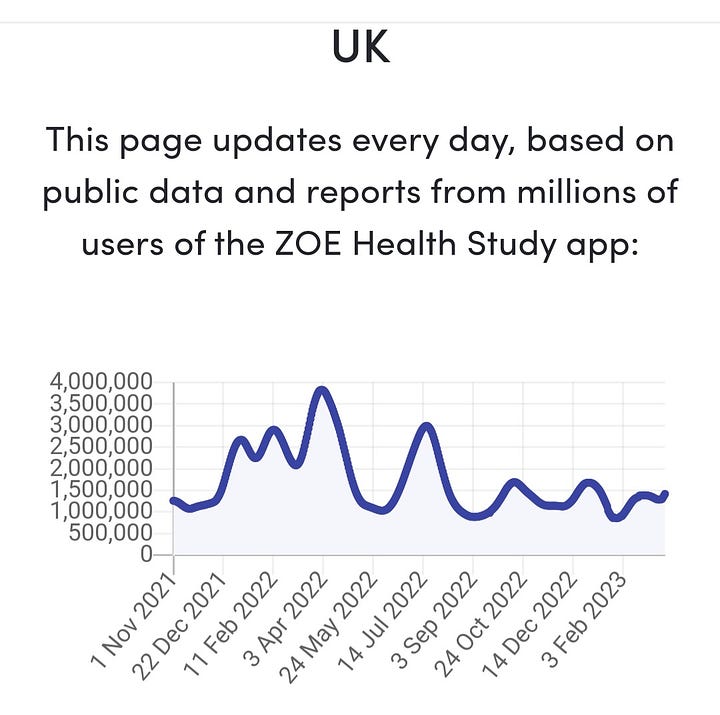
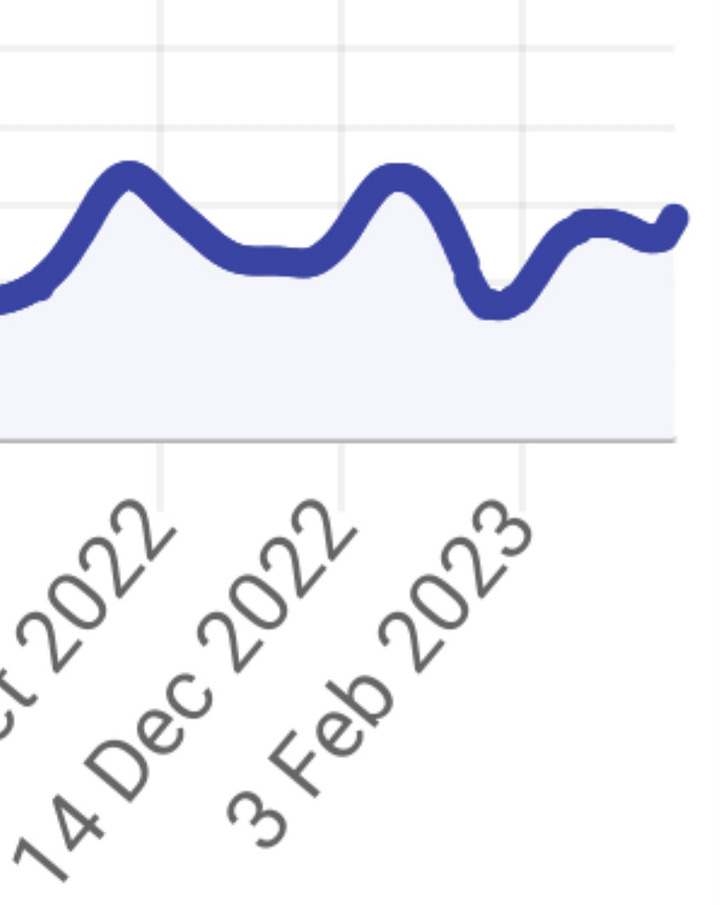
The U.K. government data is showing cases up 6.5%, hospitalizations up 12.2% and deaths up 1.8%.

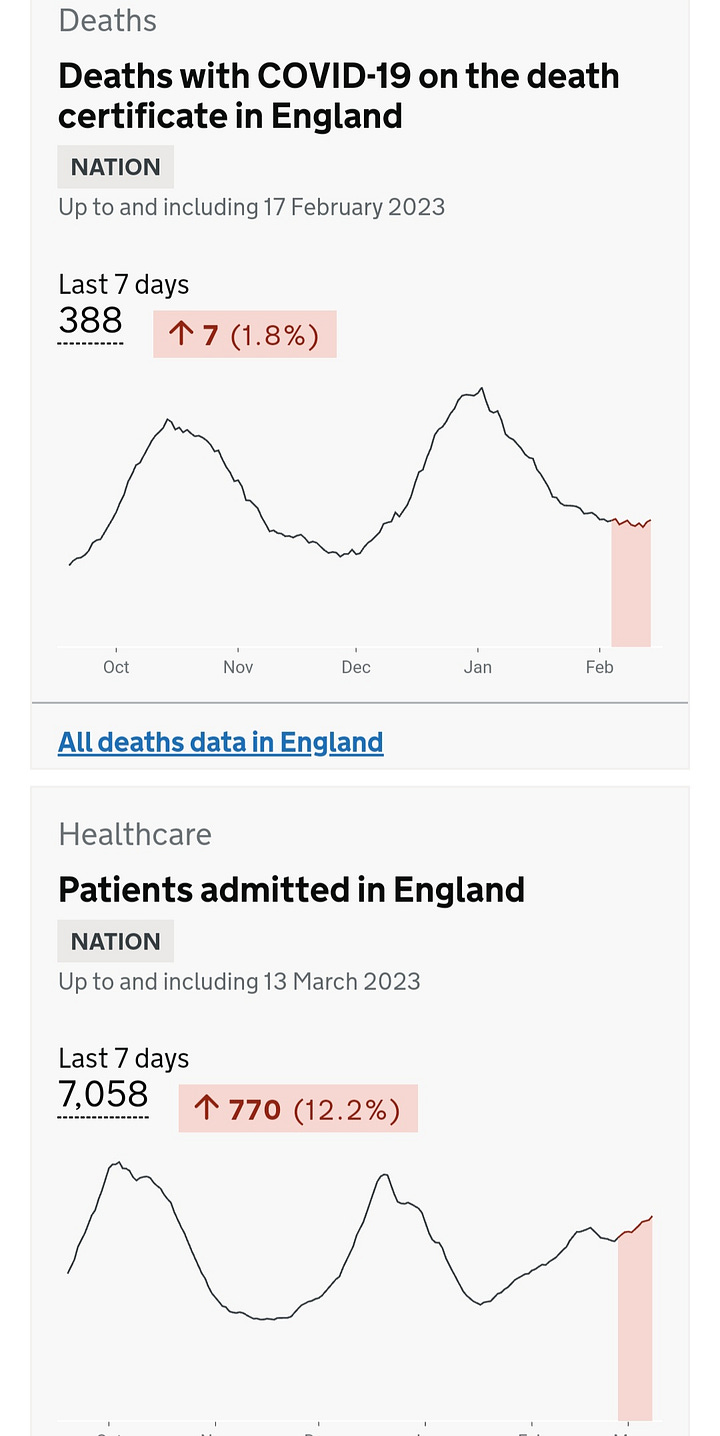
What’s the potential difference between XBB.1.5 and XBB.1.16?
To be clear, this is a hypothesis on what could be happening based on where mutations are occurring. Even though XBB.1.5 is already avoiding antibodies, the immune system is still alerted to the infection. The mutations in XBB.1.16 could make things worse by messing up the signal that tells the immune system there's an infection. It may be shutting off the alarm system so the body doesn’t know there is an intruder. This could result in fewer symptoms while it infects immune cells and weakens the immune system, leaving people more vulnerable to infection from other viruses and bacteria. This may be a contributing factor to the adenovirus severity and H3N2 surge in India. The XBB variants are more likely to cause persistent infections raising the risk of diabetes, heart attacks, strokes, GI issues, brain damage, early onset dementia, autoimmune disorders, and a variety of other long-term health issues.
COVID is becoming more insidious and detrimental since a lot of people won't realize when they've been infected or why they're experiencing new health problems. People could misinterpret what's going on, blaming it on an infection that caused their symptoms, like adenovirus or flu, that was able to infect them after unknowingly having COVID weaken their immune system. Those viruses wouldn’t normally lead to long term issues on their own, but when infecting someone that has a weakened immune system coupled with an existing persistent COVID infection, the damage could end up being more severe.
We don’t know the extent to which this new variant will impact the health of the healthiest people during the acute phase of infection but we can be fairly certain that it will not be good for long term health. It is likely to have a greater impact on the oldest, youngest and immune compromised people. Pregnant women or mothers with infants, should take every extra precaution to prevent infections. Protect yourselves and your babies from this disease. Please consider that younger children may face a hidden risk to their long-term health.
XBB.1.5 sub-variants, which currently make up the vast majority of cases, are infecting children more than any other age group.
We must press our leaders to invest in the health of children and our communities by installing new or updating existing ventilation and filtration in schools to filter out 99% of pathogens and to have an air exchange rate capable of maintaining CO2 at 600 ppm. This is an attainable goal using existing technology. This will significantly limit in school transmission of not only viruses, but also bacteria, mold, allergens, and other airborne pathogens. This is one investment that can protect generations of children, enhancing the health of everyone, while bringing down the incredible costs of healthcare now and into the future.
We have an opportunity to use the cumulative science, data, and technology to provide a healthier future for our children and future generations, but we must invest the resources necessary to make this happen. This won’t happen without advocacy.
T.A.C.T. is reporting the latest science, data, and analysis in order to achieve a sustainable path forward.
T.A.C.T. is a reader-supported publication. If you are not already a member of the T.A.C.T. community, consider becoming a free or paid subscriber to receive the latest updates and help support this work.
Let us know what you're seeing or experiencing where you are or any other insights you may have.


